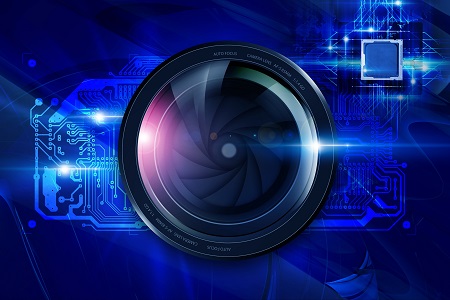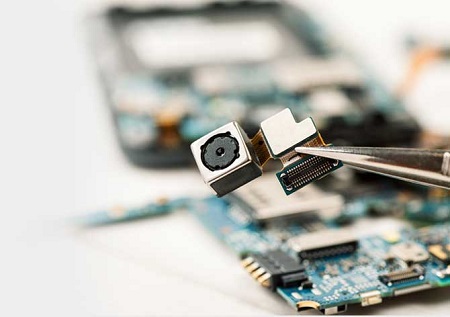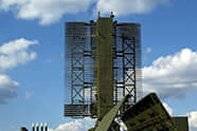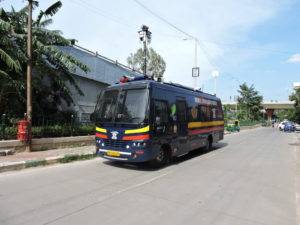Image Sensor Integration
 Camera Image Processing and Camera Expertise are becoming increasingly critical with the development and proliferation of imaging-enabled consumer electronic devices. Because of their performance, flexibility, and reasonable cost, camera integration / image sensor integration and camera image processing algorithms have become essential and are used extensively in applications ranging from consumer, computer vision, industrial, defense, multimedia, sensor networks, surveillance, automotive to astronomy. Camera Integration services involves the seamless incorporation of camera modules into various systems or devices to capture images or videos for a wide range of applications. Whether it’s for smartphones, security systems, drones, medical devices, or industrial equipment, integrating cameras effectively requires careful consideration of hardware, software, and integration processes.
Camera Image Processing and Camera Expertise are becoming increasingly critical with the development and proliferation of imaging-enabled consumer electronic devices. Because of their performance, flexibility, and reasonable cost, camera integration / image sensor integration and camera image processing algorithms have become essential and are used extensively in applications ranging from consumer, computer vision, industrial, defense, multimedia, sensor networks, surveillance, automotive to astronomy. Camera Integration services involves the seamless incorporation of camera modules into various systems or devices to capture images or videos for a wide range of applications. Whether it’s for smartphones, security systems, drones, medical devices, or industrial equipment, integrating cameras effectively requires careful consideration of hardware, software, and integration processes.
Camera Integration
 As part of Mistral’s image processing and camera expertise, we offer camera sensor tuning, Camera Image Processing, power management, caliberaton and testing. We ensure IS and IQ tuning addressing maximize HDR, minimize Low light, optimize AE, AWB, colour accuracy, tone curves, contrast resolution, objective metrics, subjective testing and field and drive testing. Camera based embedded gadgets and Camera Image Processing algorithms developed by us with CMOS and CCD image sensor integration and multi-camera designs have been implemented on various ARM based embedded processors like i.MX, OMAP35x, AM/DM37x, DM81xx, AM65x, SnapDragon 820, QRB5165, NVIDIA Jetson series etc. for Android or Linux platforms.
As part of Mistral’s image processing and camera expertise, we offer camera sensor tuning, Camera Image Processing, power management, caliberaton and testing. We ensure IS and IQ tuning addressing maximize HDR, minimize Low light, optimize AE, AWB, colour accuracy, tone curves, contrast resolution, objective metrics, subjective testing and field and drive testing. Camera based embedded gadgets and Camera Image Processing algorithms developed by us with CMOS and CCD image sensor integration and multi-camera designs have been implemented on various ARM based embedded processors like i.MX, OMAP35x, AM/DM37x, DM81xx, AM65x, SnapDragon 820, QRB5165, NVIDIA Jetson series etc. for Android or Linux platforms.
Mistral’s image sensor integration, Camera Image Processing, camera integration and related camera expertise covers CMOS/CCD based MIPI/CSI Camera Sensor Integration, implementation of coding standards, development of camera interfaces, image/video compression algorithms, image signal processing and system software development. After the sensor image data are preprocessed, the processed image is used to perform estimation/ interpolation operations on the sensor data acquired to reconstruct full color representation of an image and/or modify its spatial resolution.
Camera Image Processing
Mistral’s camera expertise includes camera integration, Camera Image Processing, MIPI/CSI Camera Sensor Integration, CMOS Sensor Tuning and other image sensor related capabilities enable the new generation of smart gadgets that represent a quantum leap in sophistication. Camera image processing plays a pivotal role in various applications ranging from photography and videography to surveillance, medical imaging, autonomous vehicles, and industrial inspection. It involves the manipulation and enhancement of images captured to extract useful information or improve visual quality.
Camera image processing services at Mistral typically encompasses several stages: image acquisition, pre-processing, image enhancement, feature extraction, image analysis, image reconstruction and post-processing. Mistral uses varying image processing techniques depending on the specific application requirements and the characteristics of the input images. Mistral helps customers design and integrate Vision systems, Smart Cameras, vision sensors or sensors for optical character recognition that address camera image processing activities in real time.
EXPERTISE

Camera Expertise
- MIPI/CSI Camera Sensor Integration
- Single or Multi- image sensor integration
- Camera Image Processing
- CMOS Sensor Tuning
- Camera calibration
- AE, AWB controls
- HDR settings
- Temperature

Coding Standards
- Video formats: MPEG2, MPEG4, H.264, VC1
- Image formats: JPEG
- Defining various levels/profiles for trade-off between computational complexity and compression efficiency

Interfaces
- Serial camera and display interface – MIPI, Camera Link, SDI etc
- Parallel camera integration
- Video interfaces like: HDMI, DVI, Component, S-Video, Composite, HD-SDI, 2D-SDI, 3G-SDI
- Camera Link
- Communication Interfaces: VGA Display, Ethernet, USB, RS232

Techniques for Camera Image Processing
- Image Scaling
- Bayer-to-RGB
- Pixel correction, Lens shading correction, Black Level correction and compensation
- Auto White balancing
- Color space conversion, Bt656/RGB conversion
- De-interlacing
- Noise reduction
- RGB IR

Algorithm Implementation
- Image/Video Compression /Decompression
- Degradation
- Jitter
- Digitization
- Stitching
- Streaming methods
- Network transmission
- Region extraction, Contour following, Ellipse fitting, Graph matching

System Software
- Camera and related Device drivers for Linux, Android and Windows Embedded
- Image Balancing to increase memory capacity, improve processing power, wider networking bandwidths, display type, and power management and making these components fit together with the camera seamlessly

Camera Expertise
- MIPI/CSI Camera Sensor Integration
- Single or Multi- image sensor integration
- Camera Image Processing
- CMOS Sensor Tuning
- Camera calibration
- AE, AWB controls
- HDR settings
- Temperature

Coding Standards
- Video formats: MPEG2, MPEG4, H.264, VC1
- Image formats: JPEG
- Defining various levels/profiles for trade-off between computational complexity and compression efficiency

Interfaces
- Serial camera and display interface – MIPI, Camera Link, SDI etc
- Parallel camera integration
- Video interfaces like: HDMI, DVI, Component, S-Video, Composite, HD-SDI, 2D-SDI, 3G-SDI
- Camera Link
- Communication Interfaces: VGA Display, Ethernet, USB, RS232

Techniques for Camera Image Processing
- Image Scaling
- Bayer-to-RGB
- Pixel correction, Lens shading correction, Black Level correction and compensation
- Auto White balancing
- Color space conversion, Bt656/RGB conversion
- De-interlacing
- Noise reduction
- RGB IR

Algorithm Implementation
- Image/Video Compression /Decompression
- Degradation
- Jitter
- Digitization
- Stitching
- Streaming methods
- Network transmission
- Region extraction, Contour following, Ellipse fitting, Graph matching

System Software
- Camera and related Device drivers for Linux, Android and Windows Embedded
- Image Balancing to increase memory capacity, improve processing power, wider networking bandwidths, display type, and power management and making these components fit together with the camera seamlessly





